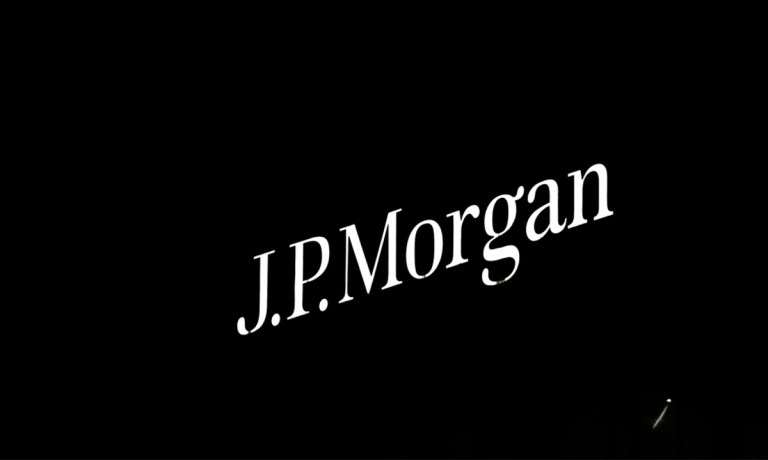
As 2024 draws to a close, and as evidenced by management remarks and data in the latest earnings results from JPMorgan Chase, posted on Friday (Oct. 11), consumer spending, in the words of CFO Jeremy Barnum, is seeing a period of “normalization” as consumers are on “solid footing.”
Spending growth is still growth.
“I think what there is to say about consumer spend is a little bit boring in a sense because what’s happened is that it’s become normal,” Barnum said on the call with analysts, adding that “we’re getting to the point where it no longer makes sense to talk about the pandemic … one of the things that you had was that heavy rotation into T&E [travel and entertainment] as people did a lot of traveling, and they booked cruises that they hadn’t done before, and everyone was going out to dinner a lot.”
As detailed in the company’s earnings supplementals, overall debit and credit card sales volumes were up 6% in the most recent period, to a combined $453.4 billion, and flat with the first quarter of this year.
Though there’s a tempering of the pace seen in past quarters, where those volumes were up in the high single-digit percentages as shown in past reports, Barnum also told investors and analysts on the conference call Friday morning that “given the levels where it started from, what we see is actually like normalization,” as the labor market remains strong. The latest data does not represent a weakening in retail spending; however, CEO Jamie Dimon took note in the earnings release of overall, geopolitical risks that can have “impact” on short term economic outcomes.
At the same time, the company maintained its expectations, as noted in its Investor Day 2024 presentations, that net charge-offs on its card loans would be 3.4% for the year. The third-quarter results detailed that the card services net charge-off rate was 3.2%, up from 2.5% a year ago, but down from the first quarter’s 3.5% rate.
As for the provision for credit losses, the total provision in the community and consumer segment was $2.8 billion, as reserves were increased by about $876 million, though Barnum noted the boost came as the overall loan portfolio grew (card loans were up 11% and there were more than 2.5 million accounts added, according to the earnings release). Management has consistently, and through the past several quarters, pointed to the trend of credit normalization within its book of business. Within its consumer and community banking segment, average loans were up 1% year on year to $572.5 billion. Deposits were just over $1 trillion, down from the $1.1 trillion seen a year ago. Management noted that in the wake of rate cuts from the central bank last month, there’s been a slowdown customer yield-seeking activity across deposits.
During the call, Barnum and Dimon, asked by analysts how the bank will deploy capital, stressed that in Dimon’s words “what you call expenses … I call investments” as the firm builds out its branch network and also continues to fund new technology investments, including artificial intelligence (AI).
Active mobile customers were up 7% year over year to 57 million, per the company’s supplementals.
As has been reported, JPMorgan is planning to open 100 branches in low-income communities, and in terms of expanding its overall footprint, as detailed back in January of this year, aims to open more than 500 new bank branches over the next three years.
Investors bid the shares up more than 3% at the start of trading on Friday.